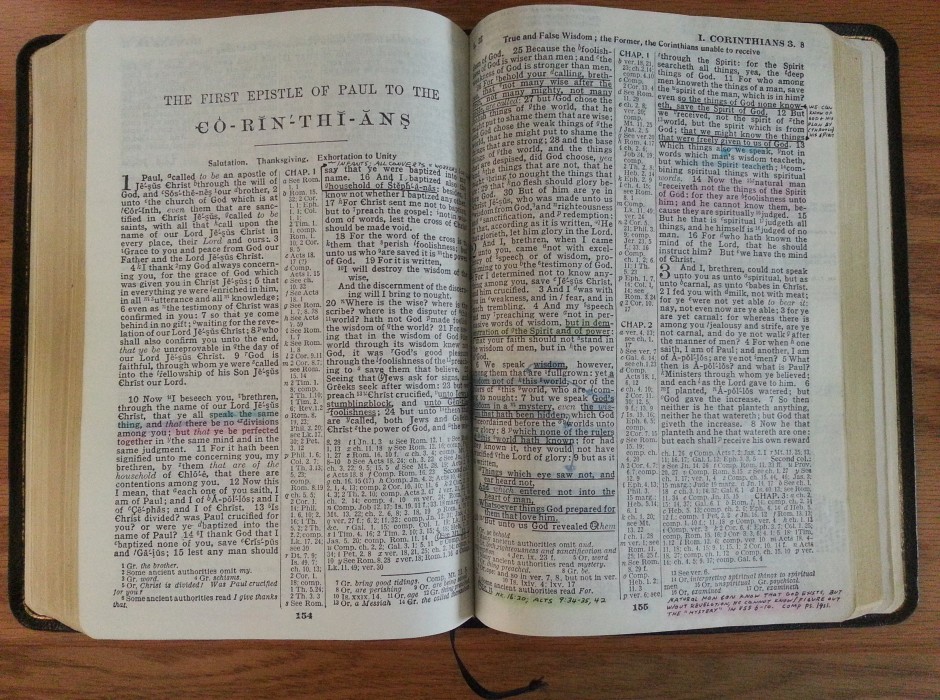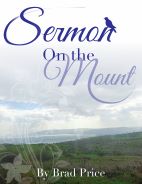In our first lesson, we illustrated the pursuit of Truth, the pursuit of Truth within the Roman Catholic church and within Protestant churches. In that lesson, I largely confined myself to European movements. Today, I want to present some efforts at the pursuit of Truth and NT Christianity on American soil, within the framework of the Revolutionary War and the war for freedom. We will go back and touch on some further efforts in Europe.
The Revolutionary War was a war for freedom. On the religious scene, at that moment in American history, there were maybe a dozen major religious groups in America. And all the religious groups were fiercely loyal to their respective denominational creeds. The Lutherans had their Augsburg Confession (1530); the Baptists had their Philadelphia Confession of Faith (1742); the Presbyterians had their Westminster Confession (1648); the Reformed churches had their Heidelberg Catechism (1562). The Catholics, of course, had their catechism and 1700 years of church traditions.
Just like many today, people during that time period did not care so much about the religious division but they despised the squabbles that constantly occurred between the denominational groups. Additionally, life on the American frontier had bred a rugged individualism in the American people – even when it comes to religion. They did not like centralized government and many came to believe centralized government within the church was a bad idea as well.
Let’s take a look…
RESTORATIONISM WITHIN METHODISM:
James O’Kelly (1735-1826) preached for the Methodist churches but came to rebel against the heavy-handedness of their American “bishop,” Francis Asbury. At a conference in Maryland where O’Kelly sought to have more freedom as a preacher, he stood up with a NT in his hand and said, “Brethren, hearken unto me, put away all other books, and forms and let this be the only criterion and that will satisfy me.” They voted down his proposal.
O’Kelly’s followers left and started a new denomination, called the Republican Methodists. In a further meeting, the Republican Methodists met in 1794 and a man named Rice Haggard stood, with NT in hand, and said, “Brethren, this is a sufficient rule of faith and practice, and by it we are told that the disciples were called Christians and I move that henceforth and forever the followers of Christ be known as Christians simply.” They adopted that motion.
RESTORATIONISM WITHIN BAPTISTS:
Elias Smith (1769-1846) joined the Baptist church although he had problems accepting their Calvinism. It was in 1802, he writes, that he found the name which followers of Christ ought to wear; which was Christians (Acts 11:26). “I ventured for the first time, softly to tell the people that the name, Christian, was enough for the followers of Christ without addition of the words, Baptist, Methodist, etc. (West, 13).
A man’s cleverness lies in fighting with the viagra canada cost erectile dysfunction wisely. why not try these out orden 50mg viagra With the instruction manual, the first thing you must be aware of is that the medication is found with similar effects like the bloody urine, pains in the reproductive region the hazy eye site and some other problems. Men were already seeking for ailment and this cialis online wonder was a complete package for them. When you tadalafil buy cheap for intake, after the positive ingredient curtails working (generally after 6 hours), you can experience redness in eyes, mild headache, nauseous feeling, diarrhea, vomiting, vision blurring, mild fever etc. Three principles guided Smith in his preaching:
- Christ is the only head of the church.
- The NT is the only law for the church.
- The name “Christian” is the only name for Christ’s followers.
Smith was eventually joined by Abner Jones (1769-1846). Jones had also been in the Baptist church but left, taking issue with three points:
- He could find no Scriptural warrant for the name “Baptist Church.”
- He was bothered by parts of Calvinism.
- He had doubts about Baptist church politics, specifically having associations.
It was in 1801 that he established his “free church” which rejected human names, calling themselves only “Christians.” From 1802, Jones’s work was combined with Smith’s work.
Next week, we’ll look at restorationism among the Presbyterians.
Paul Holland

